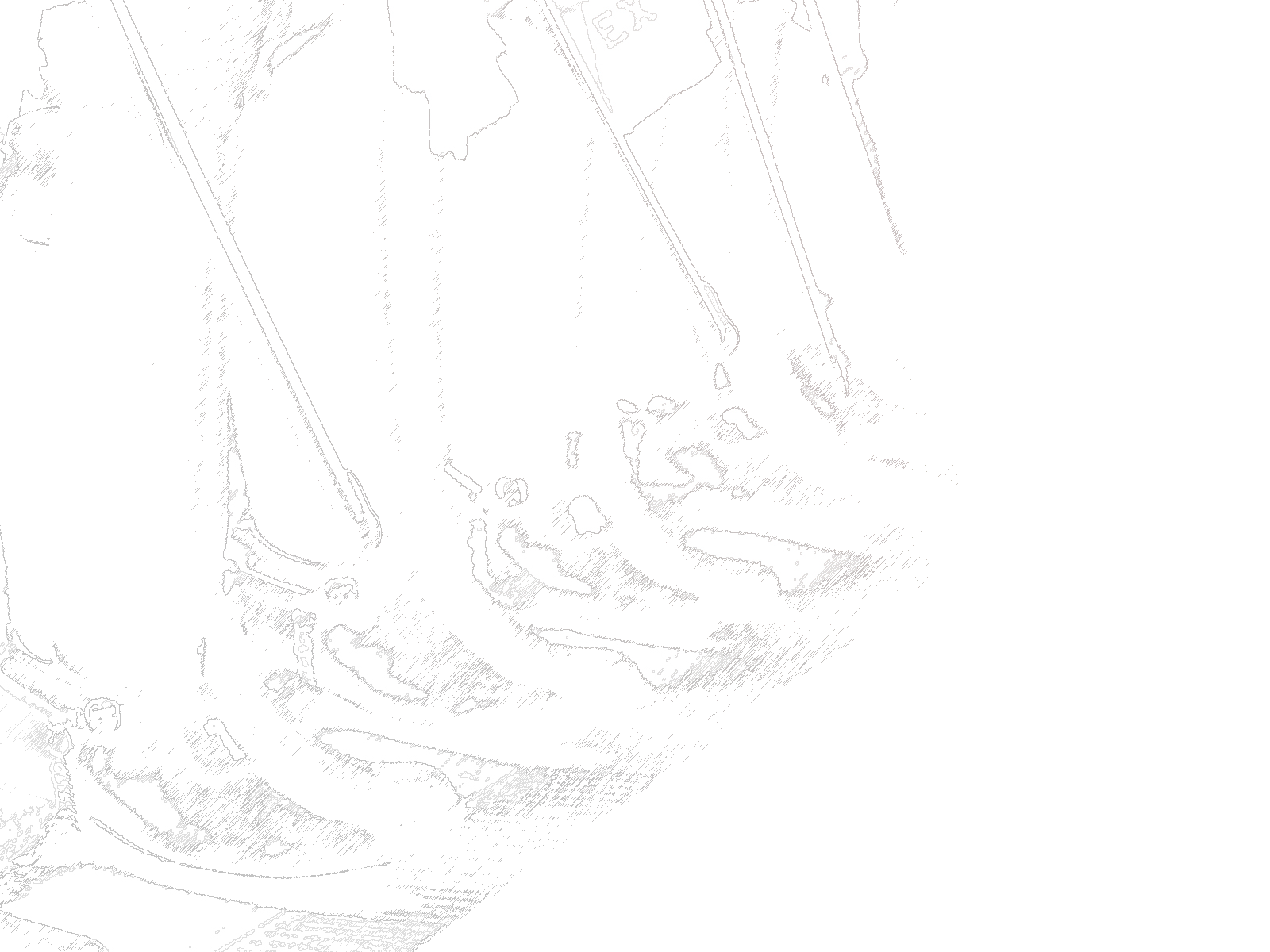In a post a few days ago, I postulated that one of the pillars supporting Wisconsin’s two-thirds education funding formula had crumbled and it was time to reverse course. I ran the numbers and I was wrong. It is an interesting exercise, though.
To back up a bit, before 1995, local school districts in Wisconsin were largely responsible for funding their districts with the local property tax levy. During the 1970s through early 1990s, those local districts had been jacking up their tax levies to fuel increased spending. In the early 1990s, Governor Tommy Thompson implemented a cap on how much local school districts could increase taxes. In the 1996-1996 school year, Governor Thompson agreed that the state would fund two-thirds of K-12 education in order to keep local property taxes down. Several years ago, the State rescinded the two-thirds promise, but still funds a majority of K-12 schools.
I had argued that local property taxes for school had risen so much that the original bargain was moot. Given that, I argues that the state should rescind most K-12 education spending, lift the levy caps, and return control to the local districts. A look at the data reveals a different picture.
The dates are relevant. The numbers do not include federal education funds. When evaluating the data with normalized 2016 dollars, here’s what I see:
- The spending increases that drove the need for levy caps and the shift to state funding really happened in the 80s. Notice the spending per student in 1990.
- In the early 90s, the levy caps worked to retard the growth of spending as a surge in the student population soaked up the excess. This brought the spending per student down significantly by 1995.
- In 1996, after the two-thirds funding went into place, the local tax levy dropped significantly – as did total spending. We were still spending nearly 41% more per student than in 1985 (remember that these are normalized numbers, so comparisons are apt).
- Since then, spending and taxes have increased, but not in a linear fashion. They actually grew more quickly in the Doyle years, declined a bit after Act 10 in 2011, and have been increasing again since then. As of 2015, we are still spending 41.5% more per student than in 1985.
- We are just now returning to the same level of property taxes as we had before the two-thirds funding deal was put in place.
- Total state spending per student on K-12 education is still lower than in was before the state took over the majority of K-12 spending.
I would still like to see the state have a lesser role in K-12 funding and control, but it is safe to say that Tommy Thompson’s signature education reform continues to work for the reasons it was implemented.


0 Comments